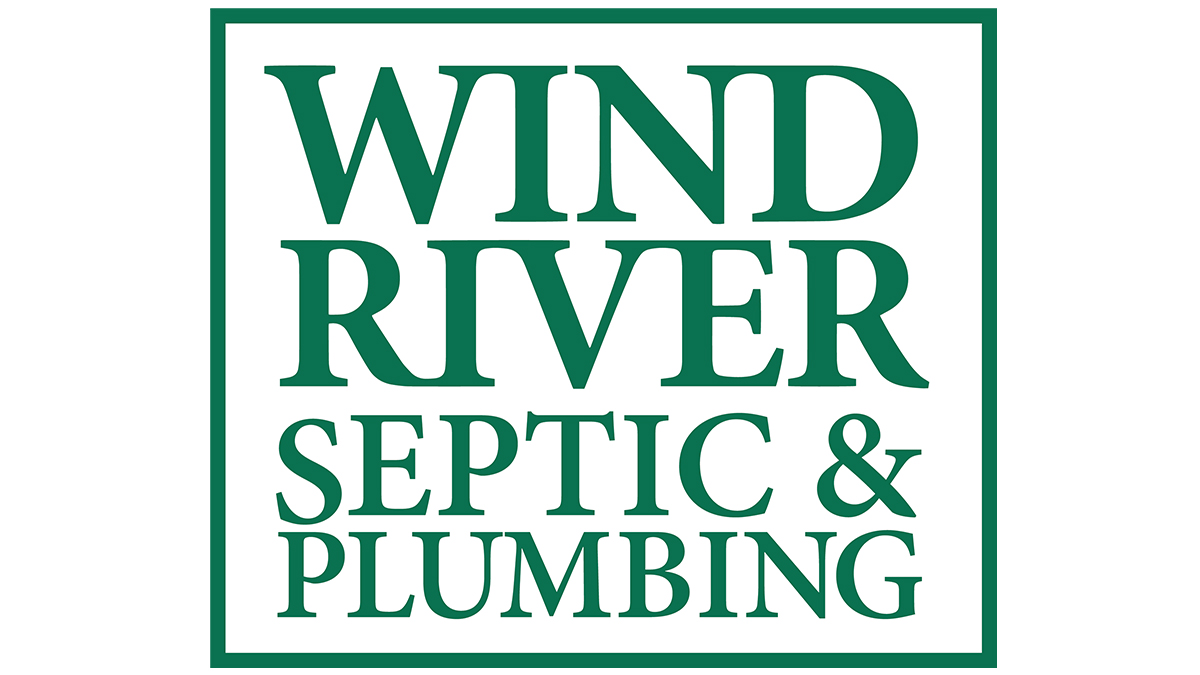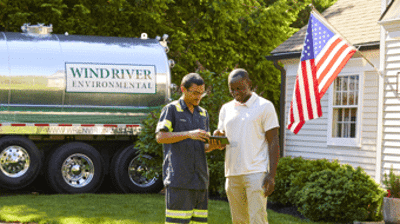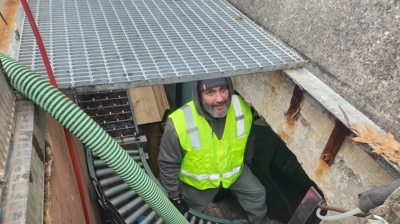Storm drains and catch basins are crucial in managing water runoff by efficiently collecting rainwater from your property and directing it to a designated location. Their significance lies in their ability to prevent flooding and property damage, which can have economic and environmental repercussions.
During rainstorms or heavy precipitation, water can accumulate on non-porous surfaces, creating the risk of flooding. Storm drains and catch basins act as a drainage system, swiftly collecting this excess water and channeling it away from these areas. By doing so, they help prevent the inundation of streets, buildings, and properties, which could otherwise lead to costly damage and disruptions. They also help keep large debris and other materials out of the water system.
Although storm drains and catch basins are often referred to interchangeably, they are indeed different in their design and functions. In the upcoming blog, we will delve into the specifics of these differences to provide clarity. However, regardless of these distinctions, proper maintenance for storm drains and catch basins is paramount. Neglecting the upkeep of either can lead to various issues, including clogs, reduced efficiency, and potential property damage during heavy rainfall.
A Closer Look at Storm Drains and Catch Basins
Storm drains and catch basins are fundamental to effective water runoff management systems. By understanding their definitions and purposes, you'll gain valuable insights into how they work and contribute to preventing flooding and property damage.
Storm Drains
Storm drains are lines that carry excess rainwater away from your business or residential property. Their primary purpose is to collect swiftly and channel rainwater from various surfaces, including streets, parking lots, walkways, and more, to prevent water accumulation and flooding. These drains are often located at ground level. They can vary in size and capacity depending on the specific drainage needs of an area.
The key components of a storm drain system include the following:
- Receiving water: Storm drains receive water from various surfaces that carry stormwater, such as roads and sidewalks. This water can accumulate during rainstorms and needs to be efficiently managed.
- Gratings or grids: Many storm drains have gratings or grids covering them to prevent large debris, people, and vehicles from accidentally falling into them. These protective features ensure the safety and functionality of the system.
- Exit point: Most storm drains typically have a single exit point where the collected stormwater is discharged. This exit point leads the water to appropriate drainage channels or treatment facilities.
Catch Basins
The primary purpose of catch basins is to capture stormwater and separate debris that may have collected in it. These devices are integral to the drainage network, ensuring that runoff water enters the storm drain system efficiently.
The key components of a catch basin system include the following:
- Sediment collection: When runoff water enters the catch basin, any sediment or debris the water carries settles at the bottom of the device. This sediment collection ensures that the stormwater entering the pipe is relatively contaminant-free.
- Connection to storm sewer: Various pipes connect catch basins to the drain system. These pipes allow the seamless flow of captured stormwater into the larger drainage network.
- Efficient drainage: Once the water in the catch basin reaches a certain level, it drains into the connected pipe. This controlled release helps manage the stormwater flow, prevents overwhelming the drainage system, and keeps sediment out of the network.
Differences Between the Two Devices
Storm drains and catch basins differ significantly. Storm drains are primarily designed to transport runoff water quickly. They consist of pipes that efficiently move water away from the area, preventing flooding.
In contrast, catch basins have a more complex design. They are essentially shallow, rectangular, or circular holes set into the ground. Catch basins have a grate or opening at the top to capture surface runoff. Underneath, they contain a chamber or sump that collects sediment and debris, allowing the clean water to flow into the connected drainage system.
Distinct Functions in Water Management
Storm drains and catch basins serve distinct functions in water management. Storm drains, with their straightforward pipe-based design, are responsible for swiftly transporting runoff water from various surfaces, such as roads, sidewalks, and rooftops, and directing it to the appropriate drainage system or treatment facility. They are vital for preventing immediate flooding during heavy rains.
Catch basins, on the other hand, play a more intricate role. Their function goes beyond water transport; they are designed to capture runoff water and hold onto it temporarily. Within the catch basin, sediment and larger debris settle at the bottom, preventing them from entering the drainage system. By acting as a sediment trap, catch basins help maintain the quality of water flowing into the storm drain system, reducing the risk of clogs and contamination downstream.
Storm Drain and Catch Basin Maintenance Tips
To maintain storm drains and catch basins effectively, keeping the area around the drain clear of debris or other obstructions is essential. Regularly check for leaves, sticks, trash, and objects that might accumulate near the drain opening. Clearing this area ensures that water can flow freely into the drain system without any hindrances.
Benefits of Proper Maintenance
Properly maintaining storm drains and catch basins offers several essential advantages for property owners. Failing to maintain the device can lead to many problems, including blockages, damage, and flooding, with potential consequences extending beyond property boundaries.
Here are some of the benefits of maintenance:
- Preventing flooding: One of the primary advantages of regular maintenance is the prevention of flooding. Storm drains and catch basins are critical components of the drainage system. When they become blocked or damaged, excess rainwater can accumulate, leading to localized flooding. Property owners can significantly reduce the risk of water backup and flooding during heavy rainfall by keeping these systems in good condition.
- Protecting property and landscape: Excess water around your property can harm your landscape and property structures. It can weaken soil, potentially causing erosion and undermining the stability of foundations, driveways, and walkways. Additionally, standing water can damage landscaping elements, such as gardens and lawns. Properly maintained storm drains and catch basins help mitigate these risks by efficiently channeling water away from your property.
- Preventing structural damage: Water backup from blocked or malfunctioning storm drains or catch basins can damage walls and other surfaces. Prolonged exposure to moisture can weaken building materials, potentially leading to costly repairs. Moreover, stagnant water in and around your property can create conditions conducive to mold growth, posing health risks. Routine maintenance ensures that your drainage system functions as intended, reducing the likelihood of structural and mold-related issues.
- Efficient water management: Beyond preventing damage, maintaining storm drains and catch basins is essential for efficient water management. These systems are crucial in redirecting stormwater away from your property and preventing it from accumulating in undesirable areas. Proper maintenance ensures that your drainage system is working optimally, safeguarding your property and neighboring areas from potential water-related issues.
Facilitating Effective Stormwater Management
Effective stormwater management through well-maintained storm drains and catch basins is paramount for safeguarding your property and the surrounding environment. These essential components of drainage systems play distinct yet complementary roles, with storm drains swiftly transporting runoff water and catch basins acting as sediment traps to prevent debris from entering the drainage system.
Professionals possess the skills and equipment to ensure the cleanliness and functionality of your storm drains and catch basins. They follow proper procedures to eliminate pollutants and debris, providing peace of mind for property owners.
Take proactive steps to protect your property and maintain efficient stormwater management. We encourage you to schedule professional maintenance services with Wind River Environmental for your storm drains and catch basins. Our experienced team works toward ensuring that these systems perform optimally, helping you prevent costly damage and contribute to a healthier environment.
Schedule an appointment with us by calling (877) 560-9007 or submitting an online contact form.




.2505150848079.png)

